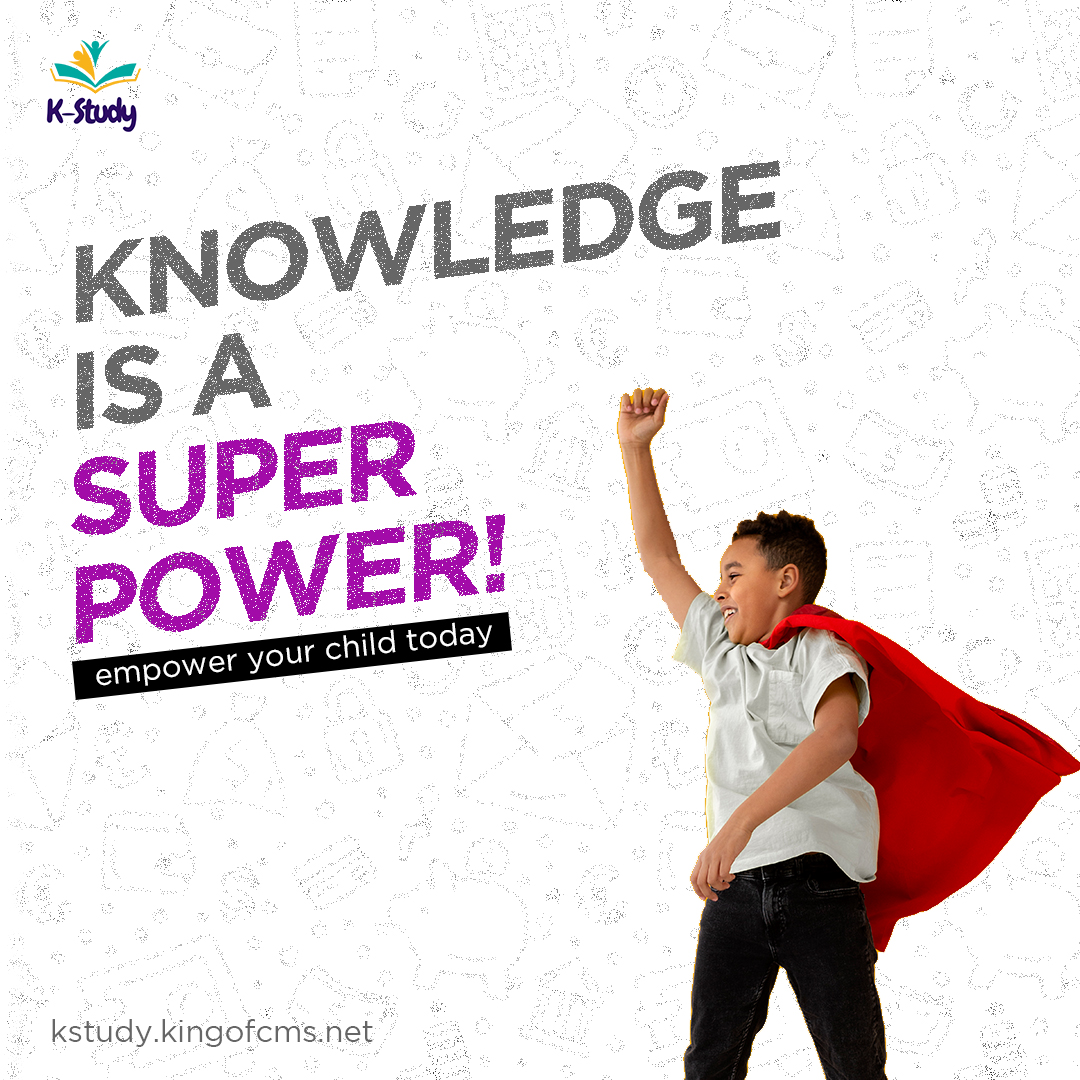
In the dynamic landscape of education, Kstudy stands out as a platform that goes beyond conventional teaching methods, seamlessly integrating coding and math to foster creativity in children. Through a unique approach that combines logical thinking with artistic expression, Kstudy empowers young minds to explore the exciting intersection of algorithms and art.
Kstudy recognizes the importance of coding as a foundational skill in the digital age. By introducing children to the principles of coding from an early age, Kstudy provides them with the tools to understand and create in the technology-driven world. The curriculum is designed to demystify coding, breaking down complex concepts into engaging and age-appropriate activities that make learning enjoyable.
Mathematics is not just a subject; it’s a way of thinking. Kstudy places a strong emphasis on developing mathematical thinking skills in children. Through interactive lessons and real-world applications, children learn to approach problem-solving with a logical and analytical mindset. The integration of math into the curriculum helps children recognize the connections between mathematical concepts and their everyday lives.
Kstudy goes beyond teaching coding and math in isolation; it bridges the gap between these two disciplines. Children discover how coding relies on mathematical principles and how math can be applied creatively through coding. This interdisciplinary approach not only enhances their understanding of both subjects but also cultivates a holistic approach to problem-solving, encouraging them to think across disciplines.
Coding is often perceived as a technical skill, but Kstudy understands its creative potential. The platform encourages children to use coding as a medium for artistic expression. From creating interactive stories to designing simple games, children explore the imaginative side of coding. This approach not only makes coding more enjoyable but also allows children to see it as a tool for bringing their creative ideas to life.
Kstudy believes in learning by doing. The platform incorporates hands-on projects and real-world applications that allow children to apply their coding and math skills in practical scenarios. Whether it’s designing a digital artwork or solving a real-world problem using mathematical concepts, children gain a sense of accomplishment and see the relevance of what they learn in the classroom to the world around them.
Recognizing the importance of social skills in a child’s development, Kstudy incorporates collaborative projects that encourage teamwork and communication. Children work together on coding challenges and math problems, fostering a sense of community and shared learning. This collaborative environment prepares them for future endeavors where effective communication and teamwork are essential.
Kstudy understands that the world is ever-changing, and education must adapt accordingly. The platform emphasizes a culture of continuous learning, introducing children to new coding languages, emerging technologies, and advanced mathematical concepts. This prepares them for a future where adaptability and a willingness to learn are key to success.
In conclusion, Kstudy stands as a beacon in education, seamlessly integrating coding and math to cultivate creativity in children. By combining these disciplines, the platform not only prepares children for the demands of a technology-driven world but also nurtures their artistic and imaginative capabilities. From algorithms to art, Kstudy inspires a love for learning that extends beyond the classroom, laying the foundation for a future where children are not just consumers of technology but creators and innovators in their own right.